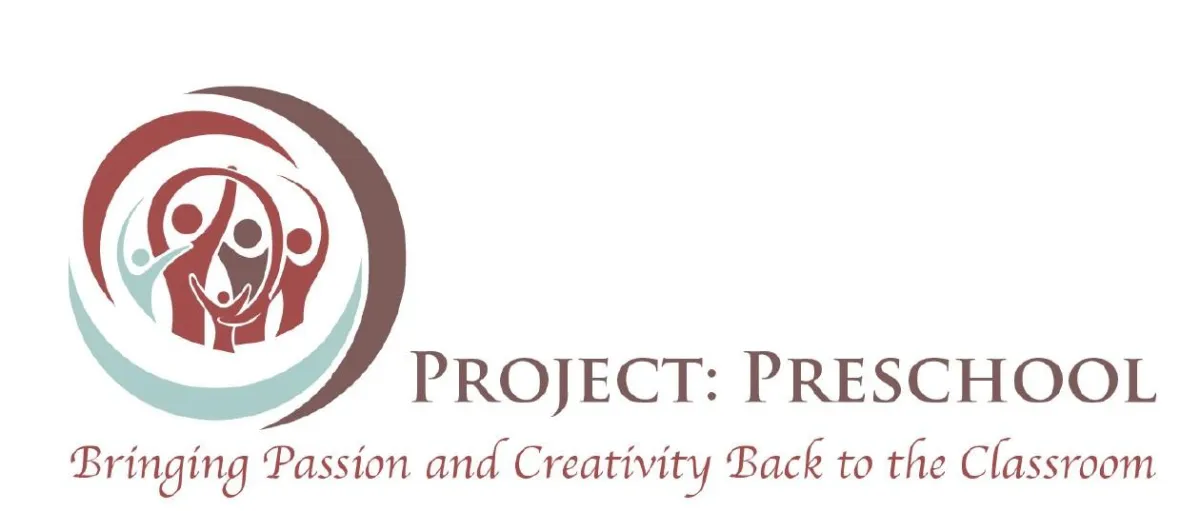
Who Controls My Life: A Look at Mindsets Behind Control and How It Leads to Behavior Problems
When you think about your life, do you feel like you have been in control of your decisions and actions, or do you feel like someone else is? Do you feel like things have been going well in your life or horribly? Do you feel like other people are the reason why things have gone the way they have, or do you feel like you only have yourself to blame?
These are huge questions that can cause us to give our lives a thorough examination, but we don't have to do all of that digging in order to reach the point of this blog post. Today we are going to be looking at mindsets behind control and how those mindsets can lead to calm or to fight or flight.
Two Mindsets of Control
Control is a fundamental concept in education that influences how children perceive their world and react to it. At its core, control is about the power to influence or direct one’s own actions and the environment. In early childhood, a sense of control can significantly impact a child's confidence and willingness to engage with learning activities.
Distinguishing between internal and external control is essential. Internal control refers to a child’s belief in their own ability to influence outcomes, while external control is the perception that outside forces dictate results. For example, a child with an internal control mindset feels like they have control over their life and choices, while a child with an external control mindset feels that others - perhaps teachers and parents - have sole control over their life and choices. This can lead to lowered self-esteem and overall unhappiness as these children feel like they don't have a choice from day to day about what they are going to do throughout their day.
The difference between these two types of control is pivotal in shaping behaviors. Children who feel a high degree of internal control tend to be more proactive and resilient, while those with an external control mindset may feel helpless or passive. Educators need to recognize and address these differences to effectively support each child’s development. By understanding these foundational concepts, educators can create environments that foster a sense of empowerment and autonomy among young learners.
How Does This Lead to Behavior Problems?
If external control leads to a decrease in self-esteem and overall unhappiness, children may try to get that feeling of control back, right? Most people want to feel like they are in control of their lives, and when they don't feel like they have that, they are more likely to enter into fight or flight. And as we have seen in previous posts, fight or flight can lead to a lot of different high-intensity behaviors in both children and adults. This can lead to an unsafe classroom environment, which can boost the fight or flight responses in other classroom participants.
How Do We Move Children from External Control to Internal Control?
The first thing we can do is give choices. When a child has a choice, they begin to feel like they have more control over their lives. We don't want to make the choices too complex, nor do we want to give too many choices, because that can cause overwhelm, especially in a child who is already in fight or flight. We can give them a couple of calm down options to choose from, or a few choices of what materials to play with. Giving choices also helps in situations where a child may feel like they don't have a choice, such as clean up time. "Do you want to pick up the red block first or the blue one?" This type of question can go a long way in helping a child get their sense of internal control back and complete a task that may have had them feeling like that internal control was gone.
Another area where we can give children choices is handling arguments or disagreements with their peers. Children are going to have disagreements - they are a part of life. Part of our job is to teach them how to solve disagreements in a mutually beneficial way. If we take the time to talk to children about their disagreement and help them come up with solutions that they can then choose to use, not only will this benefit their sense of internal control, but it will also allow them to take ownership of the solution, which can help make the solution more effective and more likely to be used again.
Conclusion
So how important is fostering a sense of internal control in children? It can mean the difference between a classroom of problem solvers and a classroom of children who are fighting (sometimes literally) to get their sense of internal control back. Building in opportunities for children to have a sense of control over their lives throughout the day is important for building self-esteem and overall joy in life.

